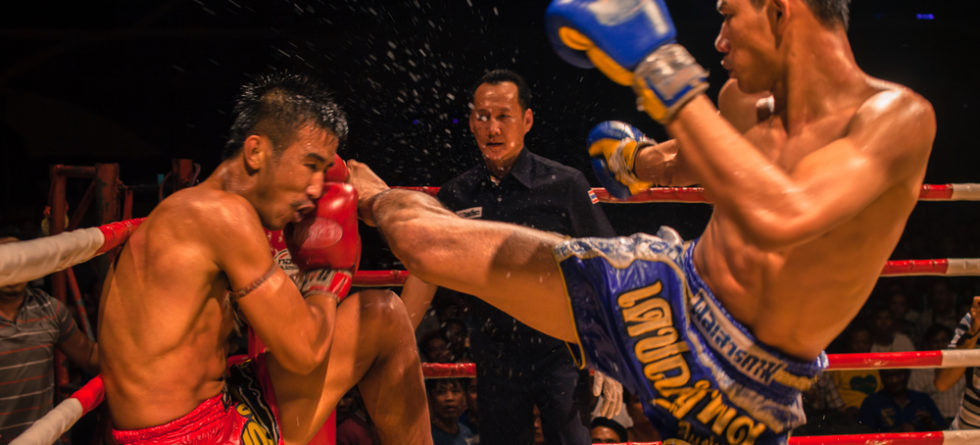The injury rate in Muay Thai can vary depending on several factors, including the level of competition, the intensity of training, and the use of protective equipment. Muay Thai, like other combat sports, involves physical contact and striking, so the risk of injury is inherent to the sport. Common injuries in Muay Thai can include contusions (bruises), sprains, strains, fractures, and soft tissue injuries, among others.
Here are some factors that can influence the injury rate in Muay Thai:
- Training Intensity: Hard sparring and intense training sessions can lead to a higher risk of injuries. More controlled and lighter training sessions can help reduce the risk.
- Experience Level: Novice practitioners may be at a higher risk of injury due to their limited experience in controlling strikes and movements. As fighters gain more experience, they tend to develop better defensive skills and techniques, reducing the likelihood of injury.
- Use of Protective Gear: The use of appropriate protective gear, such as mouthguards, shin guards, gloves, and headgear, can significantly reduce the risk of injury. In competitive Muay Thai matches, these protective measures are typically required.
- Weight Class: Competing in the appropriate weight class is essential for safety. Size and weight mismatches can increase the risk of injury.
- Referee and Coach Oversight: Competitions and training sessions that have experienced referees and coaches who prioritize safety can help reduce the risk of injury. They can step in to stop a fight or training session if it becomes too dangerous.
- Conditioning and Strength: Proper physical conditioning, including strengthening the muscles and ligaments, can help reduce the risk of injuries, particularly for the lower limbs.
- Rule Adherence: Adhering to the rules and regulations of the sport is essential to minimize injuries. Strikes to illegal areas, such as the back of the head or the groin, can lead to injuries.
- Hydration and Recovery: Dehydration and lack of adequate recovery can contribute to fatigue and increase the risk of injuries. Staying hydrated and allowing the body to recover is crucial.
It’s important for Muay Thai practitioners, whether they are training for competition or practicing the sport recreationally, to prioritize safety and follow proper techniques and training protocols. In competitive settings, the oversight of officials and adherence to rules and regulations are crucial for injury prevention.
While Muay Thai carries a risk of injury, responsible training practices and a focus on safety can help reduce the likelihood and severity of injuries in the sport. If an injury does occur, it’s essential to seek appropriate medical attention and follow a rehabilitation plan to promote proper healing.



